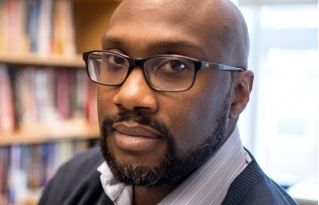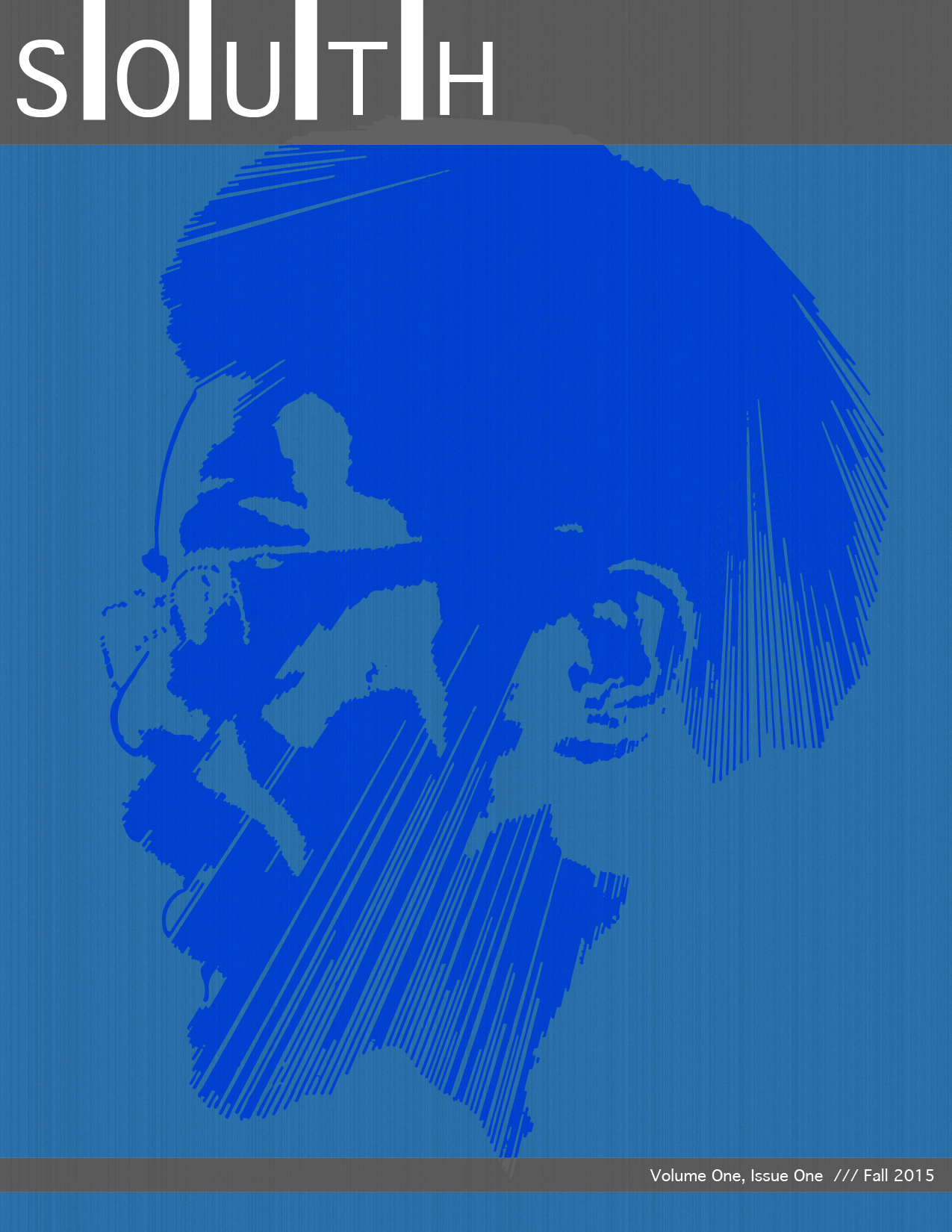Audacious Visions: The Intellectual-Activist Legacies of W.E.B. Du Bois, the Institute of the Black World, and Walter Rodney
By 1969 the nature and terrain of the Black freedom movement had profoundly changed. The nonviolent direct action portion or “classical phase” of the movement had led to clear political successes with the 1964 Civil Rights Act and the 1965 Voting Rights Act.[1] The movement had also made tremendous inroads in altering public racial discourse. Racial epithets were less acceptable to in polite or in public conversation. Despite these successes, Martin Luther King, Jr., before his assassination, asked profound questions about the next stage of the movement. King’s last book, Where Do We Go From Here?: Chaos or Community called for a new phase of the civil rights movement that addressed the institutional legacies of slavery and segregation. King focused on the “realization of equality,” rather than equal opportunity. “A society that has done something special against the Negro for hundreds of years must now do something special for him,” King wrote. Yet, when he suggested this next episode of the movement White supporters “had quietly disappeared.”[2] King realized before his death that the “color-line,” despite the civil rights victories, was persistent.
1] Bayard Rustin, “From Protest to Politics: The Future of the Civil Rights Movement,” Commentary, February 1965. http://www.commentarymagazine.com/article/from-protest-to-politics-the-future-of-the-civil-rights-movement/ Accessed August 26, 2013.
[2] Martin Luther King, Jr., Where Do We Go From Here: Chaos or Community, (Boston: Beacon Press, 1967, 2010), 94, 4.

